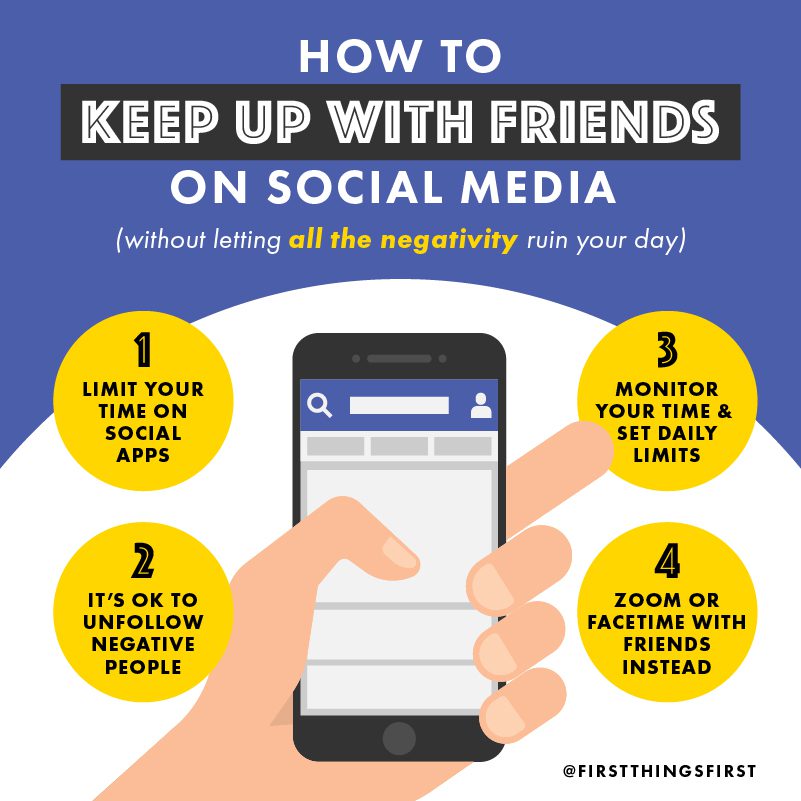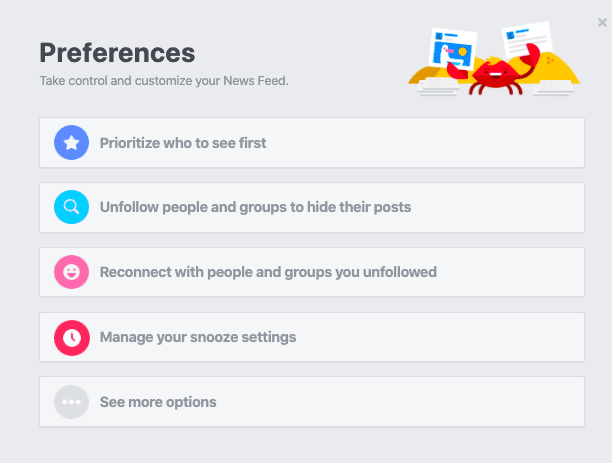I miss my friends. I really do. Though overall, I have to admit I have enjoyed what quarantine has done for my relationship with my husband. (Check out my blog here.) I don’t like that keeping up with my friends on social media looks like scrolling through Instagram rather than making plans to hang out in person.

As much as you love seeing what’s going on in your friends’ lives, it can become a little overwhelming. When someone is on social media, they aren’t just seeing friends’ posts. They are also exposing themselves to the negativity filling the spaces amidst the photos and posts from friends. Time spent on social media has increased by 20% during COVID-19 lockdowns, according to SocialMediaToday. Forbes also confirms that social media is full of misinformation.
It’s been rock bottom for a lot of people and an uphill battle for the world. Thousands of people are heartbroken over the deaths from COVID-19, hardships, job losses, divorces, families separated from loved ones in the hospitals, and the list goes on.
However, I really do believe there are silver linings for every dark cloud. We have seen the world set aside its differences and make trade agreements. People are sharing intellectual property for the good of humanity, not just the people in their country. We’ve seen volunteers come out of the woodwork to help deliver food to students and families who needed it. Artists share their skill and their specialty and teach people online. Musicians do in-home concerts and athletes provide free at-home training.
I think we want to see the good—to keep up with what’s happening in our friends’ lives nearby and around the world. We also want to filter out the negative.
Here are some ways to help you keep up and stay positive:
- Limit your time on social media. As soon as you feel yourself start to scroll for the habit of it or because you’re bored, find something else to do. Once you’ve seen your friends’ posts and gone through their stories, shut the app. It’s when we get through the relevant posts that we start seeing the suggested videos, photos, or news.

- If you know someone or an entity you follow is negative each time you come across them, unfollow or block them for a bit. On Facebook, you can prioritize who you see when you click News Feed Preferences. Put your close friends and family as a priority. Help yourself keep tabs only on who you want to keep up with right now.
- If you have an iPhone, you can set daily limits on social networking in your settings or download an app to help you monitor your time. Android phones have apps that do this as well. Not only does putting a cap on your time help you create boundaries, but you are taking a step to protect your mental health. Substantial amounts of research from The US National Library of Medicine—National Institutes of Health have found associations between heavy technology use and poor mental health outcomes among adolescents and young adults.
- If keeping up with your friends is your main concern, try setting aside time to FaceTime or have a Zoom call with them instead.
This will take keeping up with each other up to a more personal level. It’s way more personal than a text or even a phone call.
It’s been a time of transition for everyone. Be patient with yourself as you adjust and be patient with your friends as they navigate their new normal. Some people use the comment section on social media to vent, but that doesn’t mean you have to engage with it. Hopefully, this helps you to keep up with your friends more and negativity less!

